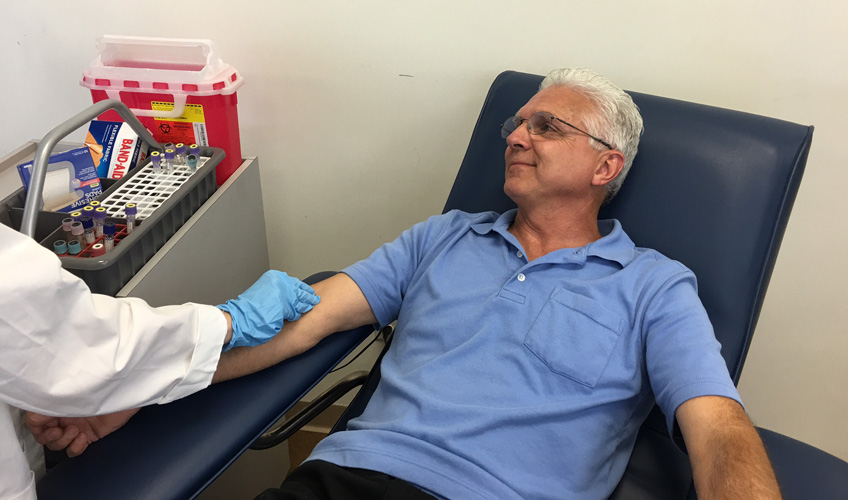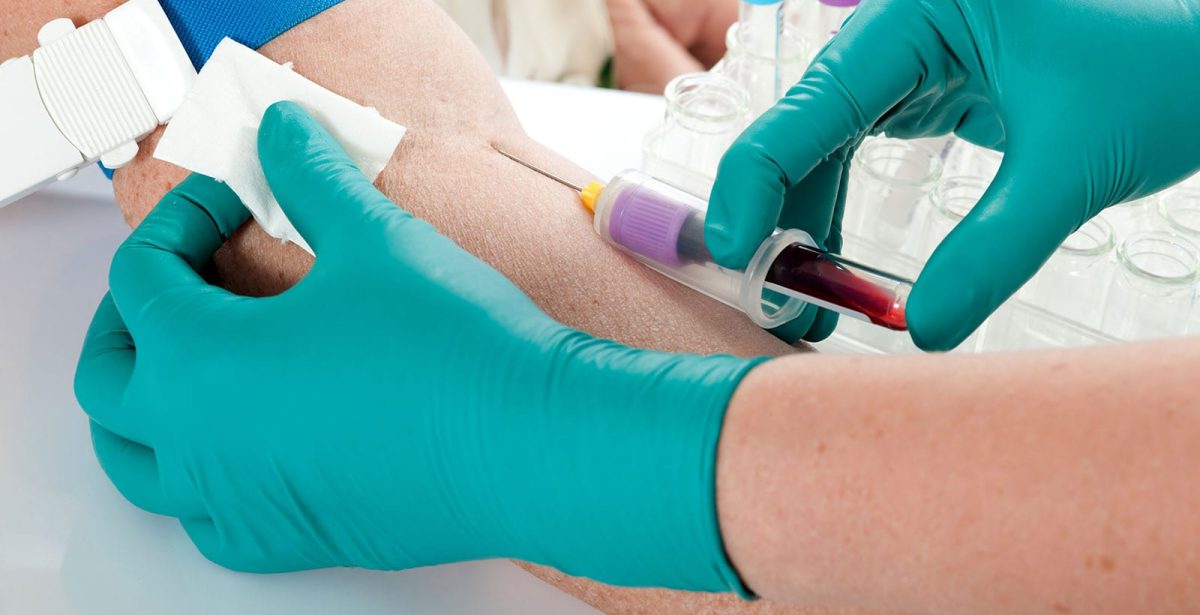The Basic Principles Of Northeast Medical Institute - New Haven Campus Phlebotomy Course & Cna Class
The Basic Principles Of Northeast Medical Institute - New Haven Campus Phlebotomy Course & Cna Class
Blog Article
Northeast Medical Institute - New Haven Campus Phlebotomy Course & Cna Class for Beginners
Table of Contents10 Easy Facts About Northeast Medical Institute - New Haven Campus Phlebotomy Course & Cna Class DescribedSome Known Details About Northeast Medical Institute - New Haven Campus Phlebotomy Course & Cna Class Getting The Northeast Medical Institute - New Haven Campus Phlebotomy Course & Cna Class To WorkUnknown Facts About Northeast Medical Institute - New Haven Campus Phlebotomy Course & Cna ClassExcitement About Northeast Medical Institute - New Haven Campus Phlebotomy Course & Cna ClassThe Greatest Guide To Northeast Medical Institute - New Haven Campus Phlebotomy Course & Cna Class
Nevertheless, using such tools need to be gone along with by various other infection avoidance and control practices, and training in their usage. Not all safety devices are suitable to phlebotomy. Before selecting a safety-engineered tool, users should completely examine available devices to determine their suitable use, compatibility with existing phlebotomy practices, and efficacy in securing personnel and patients (12, 33).For settings with low sources, price is a motoring aspect in procurement of safety-engineered devices. Where safety-engineered gadgets are not available, experienced usage of a needle and syringe is acceptable.
labelling); transport problems; analysis of outcomes for medical management. In an outpatient division or facility, supply a dedicated phlebotomy cubicle containing: a clean surface area with 2 chairs (one for the phlebotomist and the various other for the patient); a hand laundry basin with soap, running water and paper towels; alcohol hand rub. In the blood-sampling room for an outpatient department or facility, offer a comfortable reclining couch with an arm rest.
The Best Guide To Northeast Medical Institute - New Haven Campus Phlebotomy Course & Cna Class
Make sure that the signs for blood tasting are plainly specified, either in a composed protocol or in documented directions (e.g. in a laboratory form). At all times, follow the methods for infection prevention and control noted in Table 2.2. Infection prevention and control techniques. Collect all the devices required for the treatment and area it within risk-free and easy reach on a tray or cart, making sure that all the products are plainly noticeable.
Where the client is grown-up and mindful, adhere to the steps described below. Introduce on your own to the patient, and ask the person to mention their full name. Inspect that the research laboratory type matches the person's identification (i.e. match the client's information with the laboratory form, to make sure exact identification). Ask whether the patent has allergies, anxieties or has actually ever collapsed throughout previous injections or blood attracts.
Make the person comfortable in a supine placement (ideally). Place a tidy paper or towel under the person's arm. Go over the test to be performed (see Annex F) and obtain spoken approval. The individual has a right to refuse a test any time prior to the blood tasting, so it is essential to make certain that the patient has recognized the treatment.
The smart Trick of Northeast Medical Institute - New Haven Campus Phlebotomy Course & Cna Class That Nobody is Talking About
Expand the person's arm and inspect the antecubital fossa or forearm. Find a capillary of a great size that is visible, straight and clear. The diagram in Section 2.3, shows common settings of the vessels, yet many variations are possible. The typical cubital vein lies between muscles and is generally the most easy to penetrate.
DO NOT put the needle where veins are drawing away, since this increases the possibility of a haematoma. Situating the blood vessel will help in figuring out the right dimension of needle.
Samplings from main lines bring a threat of contamination or erroneous research laboratory test outcomes. It is acceptable, however not perfect, to attract blood specimens when very first presenting an in-dwelling venous device, prior to attaching the cannula to the intravenous fluids.
The Definitive Guide to Northeast Medical Institute - New Haven Campus Phlebotomy Course & Cna Class
Allow the area to completely dry. Failing to enable adequate contact time enhances the danger of contamination. DO NOT touch the cleansed website; particularly, DO NOT put a finger over the blood vessel to guide the shaft of the exposed needle. It the website is touched, repeat the useful reference sanitation. Perform venepuncture as complies with.
Ask the person to create a hand so the blood vessels are a lot more noticeable. Enter the blood vessel promptly at a 30 level angle or less, and proceed to introduce the needle along the vein at the easiest angle of access - Phlebotomy Training. When sufficient blood has actually been accumulated, release the tourniquet BEFORE taking out the needle
Everything about Northeast Medical Institute - New Haven Campus Phlebotomy Course & Cna Class
Withdraw the needle carefully and use gentle stress to the website with a tidy gauze or completely dry cotton-wool sphere. Ask the patient to hold the gauze or cotton woollen in position, with the arm extended and raised. Ask the individual NOT to flex the arm, since doing so creates a haematoma.

7 Simple Techniques For Northeast Medical Institute - New Haven Campus Phlebotomy Course & Cna Class
Do not push the syringe plunger because additional stress enhances the danger of haemolysis. Where possible, keep the tubes in a rack and move the rack towards you. Inject downwards into the suitable coloured stopper. DO NOT eliminate the stopper since it will release the vacuum. If the example tube does not have a rubber stopper, inject very slowly into television as minimizing the pressure and rate used to move the specimen minimizes the threat of haemolysis.

Report this page